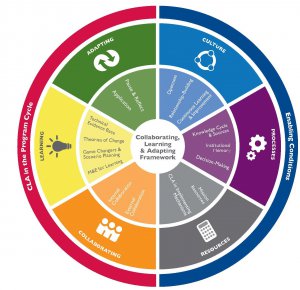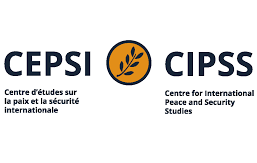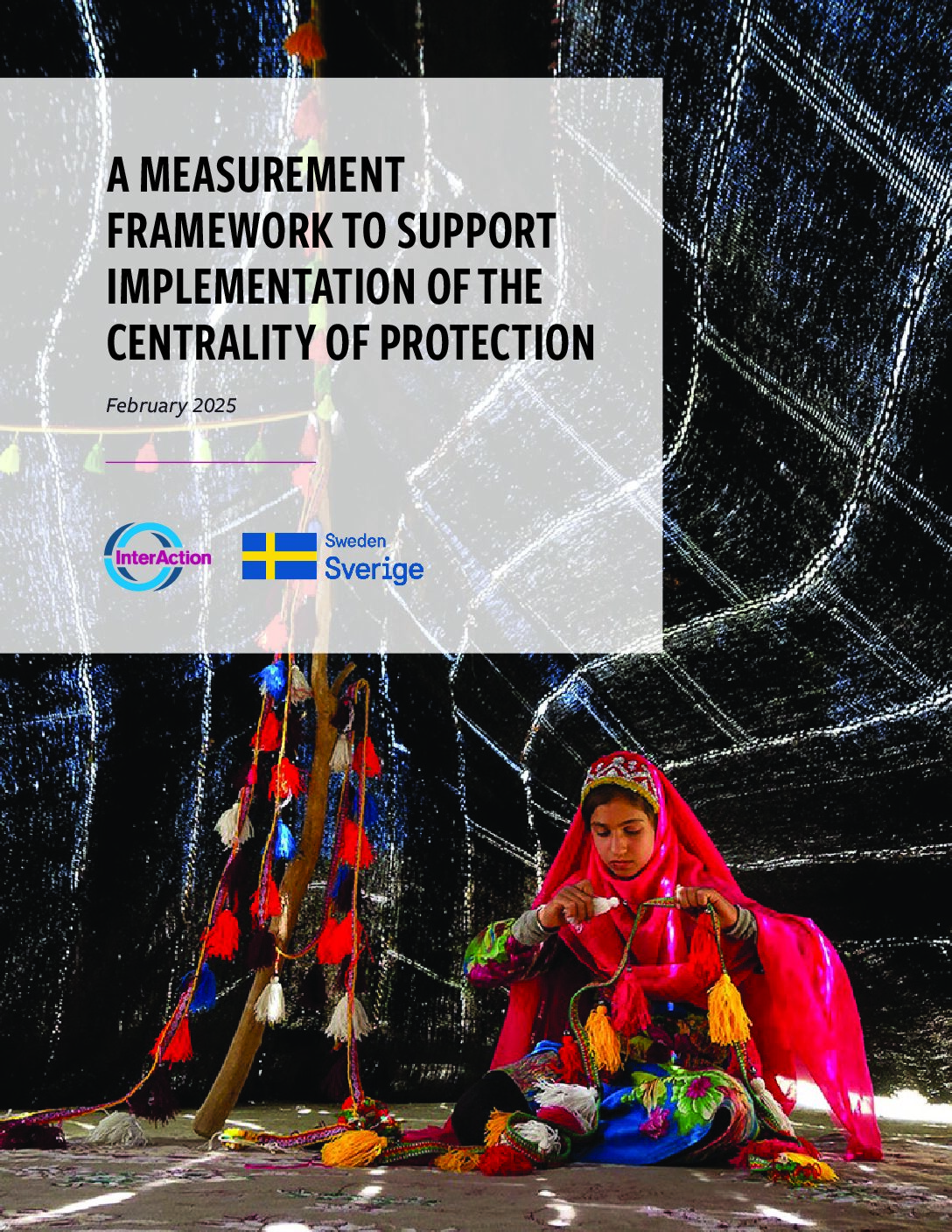This report presents key findings related to Collaboration, Learning, and Adaptation (CLA) through an analysis of 2015 USAID CLA Case Competition submissions. The findings yield important learnings for integration of CLA within the program cycle and the Enabling Environment (Resources, Processes, and Culture) needed to achieve outcomes in the development space, but can also be applied to protection outcomes.
Key Findings Include
- Collaboration leverages resources for collective benefit: which highlights the importance of Design for Contribution, wherein strategic coordination and collaboration helps actors identify their comparative advantages and leverage points within a system to achieve an outcome;
- Cases: Community Collaboration Powers Solution for Batoulay Water Pumping Station; CLA to Development the Bangladesh Dairy Sector; Cross-border vaccinations in the Horn of Africa
- Local engagement leads to local ownership, and ultimately improved development outcomes: which builds on the foundation of starting from the affected population. Recognizing that residents hold the richest knowledge about their communities, communities should be engaged in a meaningful way to engage in analysis of the threats and vulnerabilities they face as well as in identifying the needs, opportunities, and strategies to meet those needs and protective challenges.
- Cases: Rapid CLA: Community-Based Response to Ebola; Empowering Chiefs and Traditional Leaders Revolutionizes Sanitation Program
- Intentional knowledge management generates good practices for broader application: Submissions emphasized how effective knowledge capture and sharing can be applied to programming shifts and strategic design.
- Cases: Health Workers at the Forefront of Improving Medical Male Circumcision; Collaborative Learning to Adapt RISE Programs to Emerging Best Practices
- Feedback loops increase the likelihood that evidence will inform decision-making: points to iteration and the link from analysis to programmatic and strategic adaptation. More still to be learned about the exact linkages of decision-making to action.
- Cases: Mapping a Crisis: AidData Students Respond to Nepal Earthquake; Embracing CLA to Drive Technology Adoption in Kenya
- CLA begets CLA and sometimes leads to scale up: the how of building a culture of CLA within and organization.
- Cases: Learning Platforms to Strengthen Partnerships and Outcomes for MTCT Reduction; Learning with the Community to Improve an Intervention Approach; Putting Communities at the Heart of Learning and Adapting; Cultivating the CLA Enabling Environment: USAID Uganda’s Mission of Leaders Program
For each key finding, the report presents illustrative case examples of the challenge/problem, the CLA approach employed by each organization, and how broader literature supports these findings.



